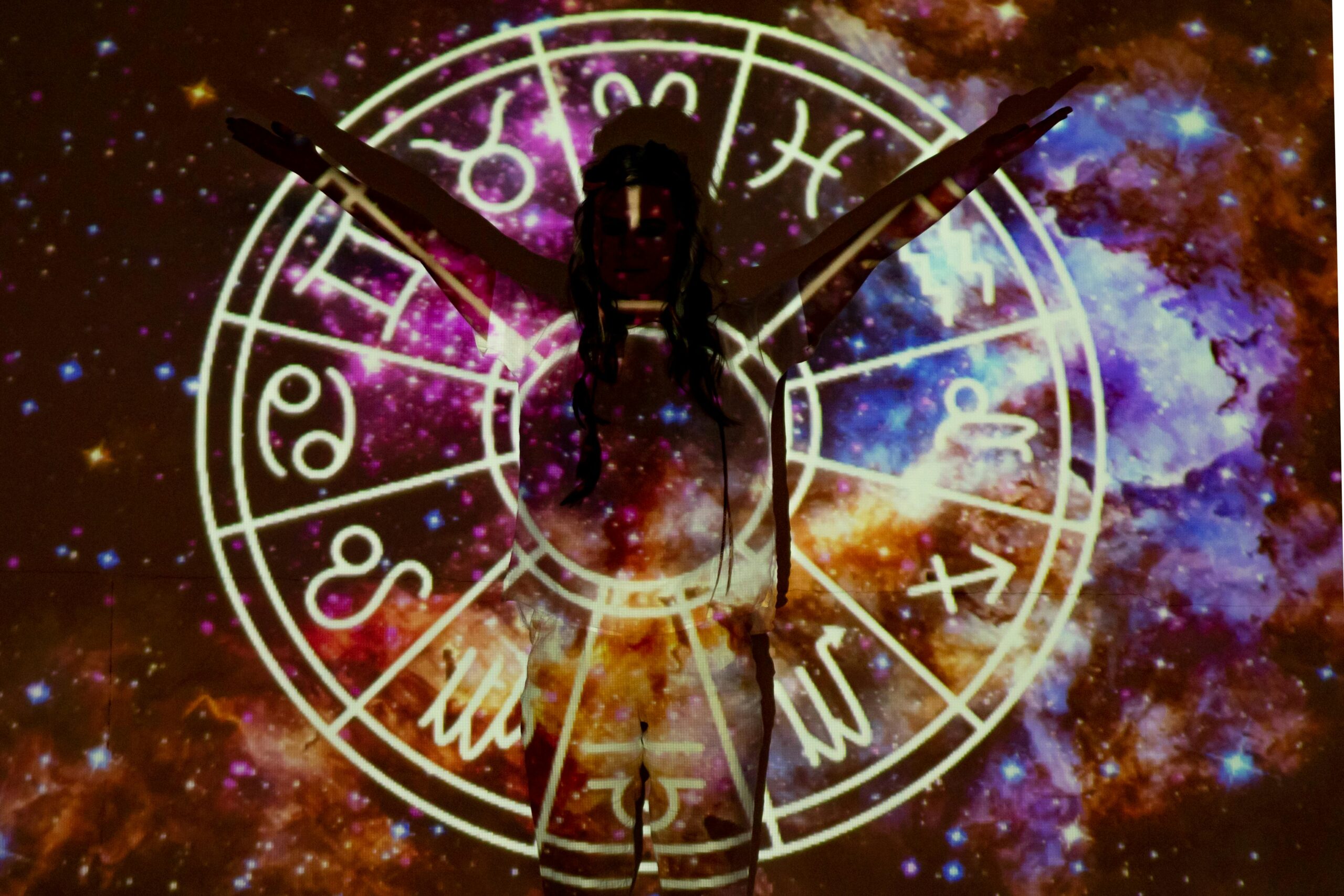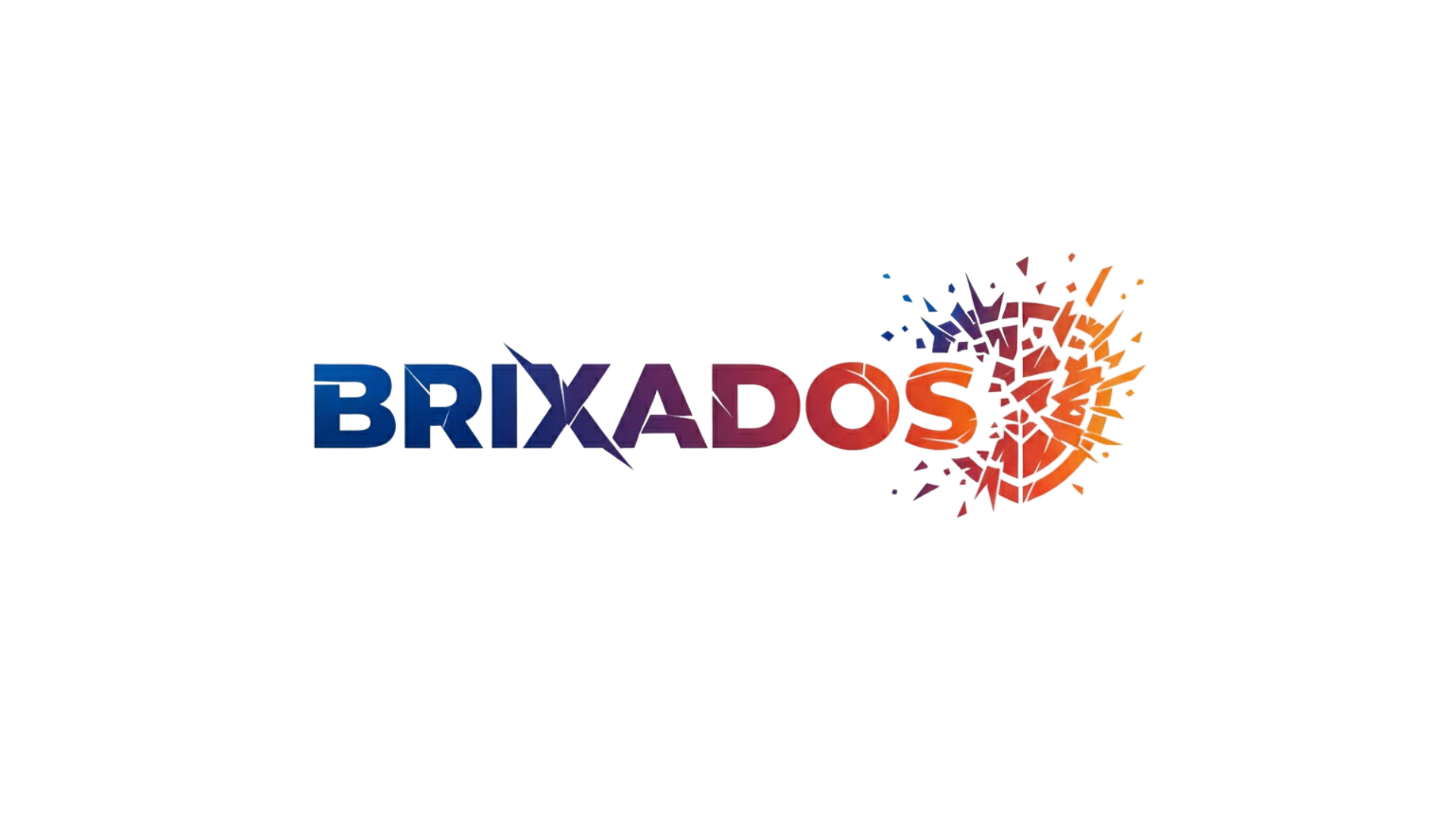Throughout human history, civilizations have gazed upon the heavens, weaving intricate symbolic languages that connected earthly existence with cosmic forces and celestial patterns.
Ancient astral symbolism represents one of humanity’s most profound attempts to understand our place in the universe. From the ziggurats of Mesopotamia to the pyramids of Egypt, from Stonehenge to the temples of the Maya, our ancestors encoded sophisticated astronomical knowledge within sacred symbols and architectural marvels. These weren’t merely decorative elements or superstitious beliefs—they were sophisticated systems of knowledge that unified mathematics, astronomy, philosophy, and spirituality into coherent worldviews that guided entire civilizations.
The study of ancient astral symbolism reveals remarkable consistencies across cultures separated by vast distances and time periods. This universal language of the stars speaks to something fundamental in human consciousness, a deep-seated need to find meaning in the patterns above us and to connect those patterns with the rhythms of life on Earth. As we unravel these ancient mysteries, we discover that our predecessors possessed astronomical knowledge that rivals and sometimes surpasses what we might expect from pre-technological societies.
🌟 The Universal Language of Celestial Bodies
The sun, moon, planets, and stars formed the vocabulary of ancient astral symbolism. Each celestial body carried specific symbolic meanings that transcended individual cultures, suggesting either common origins or parallel development based on shared human experiences and observations.
The sun universally represented life force, divine power, and masculine energy across ancient civilizations. Egyptian culture personified this celestial powerhouse as Ra, the creator deity whose daily journey across the sky symbolized death and rebirth. The solar disk with radiating rays became one of the most ubiquitous symbols in human history, appearing in art and architecture from the Andes to the Indus Valley.
The moon held equally significant symbolic weight, typically associated with feminine energy, cycles, transformation, and the mysteries of the unconscious. Its changing phases provided ancient peoples with their first reliable calendar system, fundamentally shaping agriculture, religious observances, and social organization. The crescent moon symbol, still prominent in many modern contexts, carried meanings of renewal, growth, and divine protection in ancient times.
The visible planets—Mercury, Venus, Mars, Jupiter, and Saturn—each developed distinct symbolic associations based on their observable characteristics. Venus, the brightest “star” in the sky, became connected with love, beauty, and fertility across diverse cultures. Mars, with its distinctive reddish hue, universally symbolized war, aggression, and masculine vitality. These planetary associations weren’t arbitrary but reflected careful observation of celestial movements and their perceived correlations with earthly events.
Mesopotamian Mastery: The Birthplace of Astral Science
The ancient Mesopotamian civilizations—Sumerians, Babylonians, and Assyrians—developed perhaps the most sophisticated early system of astral symbolism and astronomical observation. Their ziggurat temples functioned as observatories where priest-astronomers meticulously tracked celestial movements for centuries, creating detailed records that allowed them to predict eclipses and planetary positions with remarkable accuracy.
The Babylonians divided the sky into twelve sections, creating the zodiac system that remains influential today. Each zodiacal constellation carried specific symbolic meanings derived from seasonal agricultural cycles and mythological narratives. This wasn’t mere fortune-telling but a sophisticated attempt to create a unified system connecting cosmic patterns with earthly phenomena and human affairs.
Mesopotamian astral tablets reveal mathematical sophistication that wouldn’t be matched in Europe until the Renaissance. They calculated planetary periods, eclipse cycles (the Saros cycle), and developed numerical systems specifically designed for astronomical calculations. The symbolic language they developed to describe celestial phenomena influenced subsequent civilizations throughout the Mediterranean and Near East.
⭐ Egyptian Celestial Wisdom: Aligning Earth with the Heavens
Ancient Egypt took astral symbolism to architectural and spiritual extremes, literally aligning their monuments with cosmic patterns. The Great Pyramid of Giza aligns with true north to an accuracy of 3/60th of a degree—a precision that seems almost impossible without sophisticated instruments. Its shafts point toward specific stars that held religious significance, particularly those associated with Osiris and the afterlife journey.
The Egyptian calendar, based on the heliacal rising of Sirius (the star Sopdet), demonstrates the practical application of astral observation. This event coincided with the annual Nile flooding, the most critical event in Egyptian agricultural life. By encoding this astronomical knowledge into religious symbolism, Egyptian priests ensured its preservation and transmission across generations.
Egyptian astral symbolism permeated their complex religious cosmology. The sky goddess Nut arched over the earth god Geb, her body adorned with stars. The sun god Ra’s nightly journey through the underworld (the Duat) represented both astronomical observations and profound spiritual concepts about death, transformation, and rebirth. These weren’t separate domains—astronomy and spirituality formed an integrated worldview.
Decans and the Journey of the Soul
The Egyptian system of decans—36 star groups that rose successively throughout the night—served both timekeeping and spiritual purposes. Each decan had associated deities and symbolic meanings. This system appeared prominently in tomb ceilings, where it functioned as a celestial map to guide the deceased through the afterlife. The Book of Nut, various pyramid texts, and temple inscriptions reveal sophisticated astronomical knowledge encoded within religious symbolism.
Greek and Roman Astral Philosophy: From Observation to Cosmic Order
Greek civilization inherited astronomical knowledge from Mesopotamia and Egypt but transformed it through philosophical inquiry. The Greeks sought underlying principles and mathematical harmonies governing celestial movements. This intellectual approach produced geometric models of the cosmos that dominated Western thought for millennia.
Plato’s concept of the cosmic soul and the music of the spheres represented an attempt to find mathematical and harmonic principles underlying cosmic order. Each planet supposedly produced a musical note as it moved, creating a celestial symphony imperceptible to mortal ears but fundamental to cosmic harmony. This wasn’t purely mystical speculation but reflected the Greek conviction that mathematics and geometry revealed fundamental truths about reality.
The Ptolemaic system, despite its geocentric errors, demonstrated remarkable predictive accuracy and survived for over 1,400 years. Its complex system of epicycles and deferents showed sophisticated mathematical thinking applied to astronomical observations. The symbolic associations of planets with specific gods, metals, days of the week, and human temperaments created an integrated system connecting cosmos, nature, and humanity.
🏛️ Mesoamerican Star Knowledge: Independent Cosmic Discovery
The Maya, Aztec, and other Mesoamerican civilizations developed sophisticated astronomical systems completely independent of Old World influences. Their achievements demonstrate that advanced astral symbolism and astronomical knowledge emerged independently when cultures developed the social complexity and observational dedication required.
The Maya calendar system stands as one of humanity’s intellectual achievements, incorporating multiple interlocking cycles that tracked days, lunar months, Venus cycles, and vast cosmic epochs spanning millions of years. The Long Count calendar revealed sophisticated mathematical thinking and astronomical observations accumulated over centuries.
Mayan astronomical codices tracked Venus with extraordinary precision, noting its synodic period (584 days) and its phases as morning and evening star. Venus held special significance in Mesoamerican cosmology, associated with warfare, agricultural timing, and royal rituals. The Caracol observatory at Chichén Itzá featured windows aligned with Venus positions at critical points in its cycle, demonstrating the integration of astronomical knowledge with architectural design.
The Cosmic Battle: Maintaining Universal Order
Mesoamerican astral symbolism emphasized cosmic struggle and the necessity of human participation in maintaining universal order. Eclipses represented cosmic battles between celestial forces. The Aztec concept of the Fifth Sun suggested that the current world era depended on continuous renewal through ritual sacrifice. This symbolism reflected both astronomical observations of celestial cycles and deeper philosophical concerns about humanity’s role in cosmic processes.
Celestial Navigation and Practical Wisdom
Beyond religious and philosophical dimensions, ancient astral symbolism served intensely practical purposes. Polynesian navigators crossed vast Pacific distances using sophisticated star navigation systems transmitted orally through generations. They memorized star paths, recognized subtle ocean swells, observed bird behavior, and integrated all these observations into mental maps of extraordinary complexity.
The star compass systems of Pacific navigators divided the horizon into houses marked by rising and setting positions of specific stars. These weren’t written systems but embodied knowledge maintained through rigorous training and initiation. The symbolic language surrounding this knowledge ensured its sacred preservation and transmission only to those who demonstrated worthy dedication.
Agricultural societies worldwide developed astral symbolism around seasonal markers critical for planting and harvesting. The Pleiades cluster held particular significance across diverse cultures, its heliacal rising or setting marking crucial agricultural transitions. This practical astronomical knowledge became encoded in mythology, ritual, and symbolic systems that ensured its preservation even when the original scientific rationale might be forgotten.
🔮 Astrology: The Controversial Legacy of Astral Symbolism
The relationship between ancient astronomical observation and astrological belief systems remains complex and often misunderstood. Early astrology wasn’t the newspaper horoscope phenomenon of today but rather sophisticated attempts to identify correlations between celestial patterns and earthly events—essentially a proto-scientific endeavor constrained by limited understanding of causation and probability.
Ancient astrologers meticulously recorded celestial positions alongside earthly events—wars, floods, harvests, royal births—searching for patterns and correlations. This empirical approach, while flawed by modern scientific standards, represented serious intellectual effort. Many astronomical discoveries emerged from astrological motivations, as practitioners required accurate predictions of celestial positions.
The symbolic language developed by ancient astrologers—planetary aspects, house systems, dignities and debilities—created sophisticated frameworks for describing celestial configurations. While the causal assumptions underlying predictive astrology lack scientific support, the descriptive language preserved valuable astronomical knowledge and influenced fields from medicine to chemistry through concepts like planetary associations with metals and bodily organs.
Sacred Geometry: Where Mathematics Meets Mysticism
Ancient astral symbolism frequently incorporated geometric patterns believed to reflect cosmic harmonies. The five-pointed star (pentagram) emerged from observations of Venus’s apparent motion through the zodiac, which traces a near-perfect pentagram over eight years. This geometric pattern acquired symbolic meanings related to harmony, proportion, and divine order.
The vesica piscis, formed by two intersecting circles, appeared in sacred architecture worldwide and connected with lunar symbolism and goddess worship. The golden ratio (phi), appearing in natural patterns from nautilus shells to galaxy spirals, became incorporated into sacred architecture and symbolic art, representing divine proportion and cosmic harmony.
Mandalas, yantras, and similar geometric sacred diagrams often incorporated astral symbolism, representing the cosmos in diagrammatic form. These weren’t merely decorative but served as meditation tools and cosmological maps encoding sophisticated astronomical and philosophical concepts in visual form. The intricate geometric patterns reflected beliefs about mathematical principles underlying cosmic order.
⚡ Rediscovering Lost Wisdom: Modern Archaeoastronomy
Contemporary archaeoastronomy reveals that ancient civilizations possessed astronomical knowledge more sophisticated than previously recognized. Advanced computer simulations reconstructing ancient skies demonstrate that monuments aligned with celestial events with precision requiring generations of dedicated observation.
Göbekli Tepe in Turkey, dated to approximately 9600 BCE, features pillars with animal carvings that some researchers interpret as astronomical symbols, potentially representing constellations. If confirmed, this would push sophisticated astral symbolism back thousands of years earlier than traditionally assumed, suggesting that astronomical observation held central importance even in pre-agricultural societies.
The Nebra Sky Disk from Bronze Age Germany demonstrates that sophisticated astronomical knowledge existed in prehistoric Europe. This 3,600-year-old artifact depicts the sun, moon, stars, and possibly the Pleiades, along with golden arcs interpreted as solar solstice markers. Such artifacts reveal that astral symbolism and astronomical observation extended far beyond the traditionally recognized civilizational centers.
Technology Illuminating Ancient Skies
Modern planetarium software allows researchers to reconstruct ancient skies with precision, testing hypotheses about astronomical alignments and symbolic meanings. This technology has confirmed many suspected alignments while revealing new ones, demonstrating that ancient builders incorporated astronomical knowledge throughout their sacred structures far more comprehensively than surface examination suggests.
Living Traditions: Astral Symbolism in Contemporary Practice
Ancient astral symbolism hasn’t vanished but continues through various living traditions. Vedic astrology (Jyotish) maintains practices rooted in millennia-old Sanskrit texts, preserving astronomical observation traditions and symbolic systems from ancient India. Indigenous cultures worldwide maintain oral traditions connecting celestial observations with seasonal knowledge, navigation, and spiritual practices.
The symbolic vocabulary of ancient astral systems permeates modern culture, often unrecognized. Our calendar preserves planetary names in weekdays—Sunday (Sun), Monday (Moon), Saturday (Saturn). Month names retain Roman religious and astronomical associations. Symbols like crescents, stars, and suns appear in flags, logos, and religious iconography worldwide, carrying forward meanings established thousands of years ago.
Modern revivals of interest in sacred geometry, astronomical alignments, and cosmic symbolism reflect enduring human fascination with these ancient knowledge systems. While contemporary applications sometimes drift into pseudoscience, legitimate research into ancient astronomical achievements continues revealing the sophisticated intellectual accomplishments of pre-modern civilizations.

🌌 The Cosmic Connection: Why Astral Symbolism Matters Today
Studying ancient astral symbolism offers more than historical curiosity—it provides perspective on how humans create meaning, transmit knowledge across generations, and understand our relationship with the cosmos. These ancient systems remind us that scientific observation and spiritual meaning-making weren’t always separate domains but could coexist within integrated worldviews.
The precision of ancient astronomical observations challenges assumptions about linear progress and technological determinism. Civilizations without telescopes or digital computers achieved astronomical knowledge requiring dedication, mathematical sophistication, and multigenerational institutional memory. This demonstrates human capability for systematic observation and knowledge accumulation under various technological conditions.
Ancient astral symbolism also reveals universal human tendencies toward pattern recognition, meaning-making, and connecting microcosm with macrocosm. The striking similarities in symbolic associations across isolated cultures suggest either common cognitive patterns or shared ancient knowledge transmission—both possibilities holding profound implications for understanding human consciousness and cultural development.
As we face contemporary challenges requiring long-term thinking and integration of complex systems, ancient astral wisdom offers unexpected lessons. These civilizations maintained knowledge systems across centuries, encoded information in multiple formats ensuring survival, and created frameworks connecting immediate practical concerns with ultimate cosmic questions. Their successes and limitations provide valuable case studies in how societies preserve essential knowledge and maintain meaningful connections with larger contexts beyond immediate survival.
The mysteries of ancient astral symbolism continue unveiling themselves as archaeological discoveries, improved translation techniques, and technological advances allow deeper investigation. Each revelation reminds us that our ancestors gazed at the same stars we see, found patterns in celestial movements, and created sophisticated symbolic languages to encode their discoveries. By understanding these ancient systems, we recover lost dimensions of human intellectual achievement and reconnect with the fundamental human impulse to comprehend our place within the vast cosmos surrounding us. The stars that guided ancient navigators, inspired temple builders, and structured entire civilizations still shine above, carrying forward their timeless symbolic resonance into our modern age. ✨
Toni Santos is a myth-psychology researcher and narrative writer exploring how archetypes, symbols and human story converge to shape mind, culture and meaning. Through his studies on the collective unconscious, comparative mythology and symbolic dream interpretation, Toni examines how the myths we tell reflect the patterns we live — and how awareness of these patterns can spark transformation. Passionate about hero’s journeys, mythic motifs and dream-language, Toni focuses on how story acts as both mirror and map for inner depth and growth. His work highlights the bridges between myth, psyche and culture — guiding readers toward a deeper encounter with themselves and the stories they carry. Blending psychology, mythology and narrative theory, Toni writes about the hidden architecture of meaning — helping readers understand how symbols, stories and dreams shape experience and identity. His work is a tribute to: The power of myth to reveal the unseen structures of psyche The journey from archetype to individual lived story The art of dream-language as a path to wholeness Whether you are a storyteller, psychologist or traveller in the inner landscape, Toni Santos invites you to explore the mythic dimension of mind — one symbol, one myth, one insight at a time.




